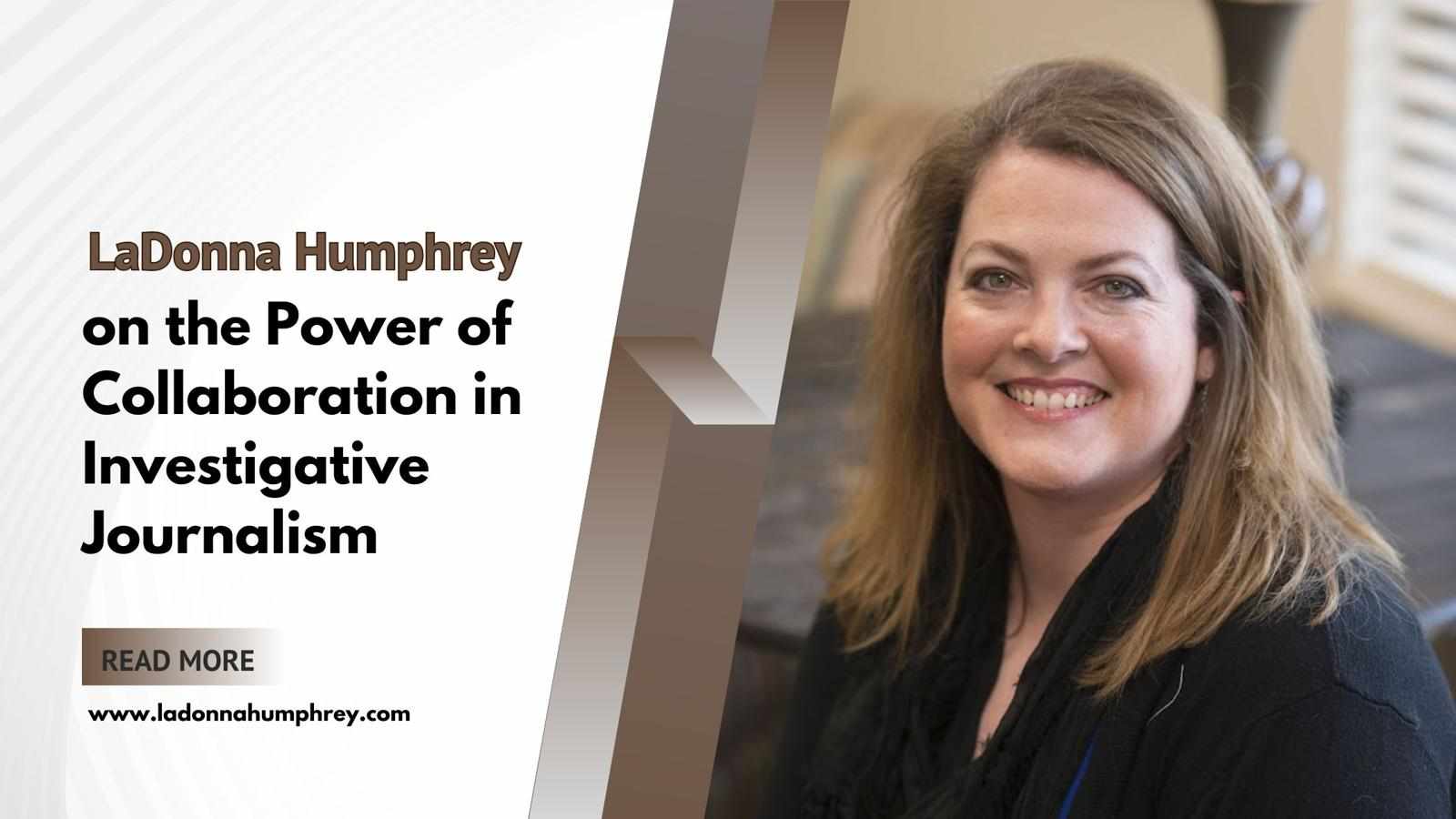
When we watch a great film, it’s often the connection between characters that sticks with us. That spark, that tension, that bond—we call it on-screen chemistry. But what most people don’t see is the work happening behind the scenes to make those moments feel real. At places like Jake Seal Black Hangar Studios, the director plays a key role in shaping this chemistry.
Let’s explore how directors bring characters to life and why their influence is crucial to building believable relationships on screen.
Why On-Screen Chemistry Matters
In any genre—romance, drama, action, or comedy—on-screen chemistry can make or break a scene. It’s not just about romantic energy; it’s about emotional connection. Whether it’s two best friends, rivals, or a parent and child, that bond needs to feel natural.
When chemistry is missing, scenes feel flat or forced. Viewers notice—even if they can’t always explain why.
Can Two Actors Have Chemistry Without Knowing Each Other?
This is a common question:
“Can two actors who’ve never met before still have strong on-screen chemistry?”
The short answer? Yes, absolutely. But not by accident.
That’s where the director comes in. At Jake Seal’s Black Hangar Studios, directors know that chemistry isn’t just luck. It’s carefully guided, rehearsed, and developed.
The Director’s Role in Building On-Screen Chemistry
A director does more than just say “Action” and “Cut.” Here’s how they actively shape chemistry between actors:
1. Casting for Connection
Good chemistry often starts in the casting process. Directors look beyond just talent—they pay attention to how actors interact with each other. Sometimes, chemistry readings (auditions with multiple people) help test natural connections.
2. Creating a Comfortable Space
Actors need to trust each other and the director. Great directors set the tone on set, encouraging openness, communication, and vulnerability. At Jake Seal Black Hangar Studios, many directors prioritize rehearsals that go beyond line reading—they build rapport.
3. Using Rehearsal Time Wisely
Instead of just blocking scenes, directors may explore backstories, character relationships, and improvisation. These sessions help actors step into their roles fully and understand each other’s rhythms.
4. Giving Personal Direction
Not all actors work the same way. Some are more instinctive, others analytical. A skilled director tailors their direction to each actor, guiding the chemistry without making it feel forced.
5. Fine-Tuning During Takes
Even during filming, directors adjust tone, body language, pacing, and eye contact—tiny details that shape how a scene feels. They may shoot multiple versions to explore different energies between characters.
Real Results at Jake Seal Black Hangar
Jake Seal Black Hangar is known for producing films where the storytelling feels real—and chemistry is a big part of that. Directors working at the studio have access to high-end equipment, a creative environment, and the time to create authentic performances.
It’s not about over-directing. It’s about knowing when to step in and when to let actors naturally connect. That balance often leads to the emotional spark audiences remember.
Final Thoughts
On-screen chemistry doesn’t happen by chance. It’s a mix of talent, trust, and smart direction. The director’s role is one of quiet influence—shaping the emotional rhythm of a scene, often without viewers realizing it.
This behind-the-scenes effort is a big reason why performances stand out at a place like Black Hangar Studios. So, next time you watch a film and feel drawn into a relationship on screen, remember: the director was likely just off-camera, making it all possible.



















Write a comment ...